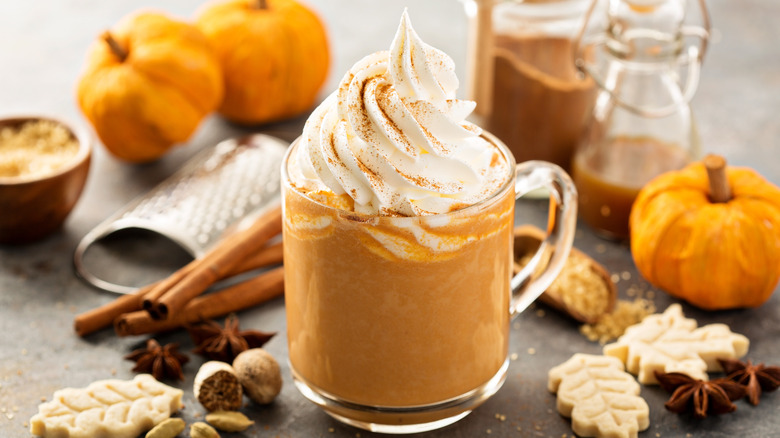All Blogs, Image Management, Thought Leadership
How the #PSL Became a Cultural Icon

Nothing is more seasonally relevant to the marketing world than the pumpkin spice latte, commonly referred to as the “PSL.” Once the leaves start turning orange and the weather gets chilly, coffee shops from big chains like Starbucks to local cafes have pumpkin spice flavored coffee blends and syrups for their customers to enjoy in their drinks. No other food or flavor has gripped the nation so strongly, with not even peppermint comparing to the fall favorite.
Although the pumpkin spice latte is an icon within the food and beverage industry, it has ascended as a cultural symbol, and even personality for some, due to an incredible social media and public relations strategy.
While the fall favorite drink has been popular ever since it was created in 2003, it started to blow up on social media in the early 2010s.When Starbucks created, @therealPSL, a personification of its pumpkin spice latte, the “PSL” really became a fall beverage of choice and identity for some. The way in which Starbucks engaged with its audience on Twitter and Instagram through the @therealPSL introduced a cultural movement. The coffee conglomerate originally created the fun character as a PR strategy to remind everyone they had conceptualized the hype behind the fall beverage, but ended up building something even bigger than a reminder.
By creating a personality for the beverage, consumers began to see the latte as a symbol for fall. The social media account was carefree, and despite promoting its brand to its followers, it felt less like a business and more like a movement. By personifying the drink and replying to consumers as the character, it created a relationship with its audience and an enticing story that only increased the interest in #PSLs.
Despite the pumpkin spice craze, the media reception was not always positive. During the time #PSLs went viral on social media, a negative stereotype about the drink popped up, identifying it as a part of “basic culture.” The idea of “basic culture” essentially meant that the latte was no longer unique to its audience and was just another flavor of coffee.
However, the brand never alienated its audience because it never directly addressed the negative connotation. Instead, Starbucks embraced the “basic culture” and stood its ground by poking fun at the stereotype through indirect captions such as “hitting up a yoga retreat.” In response, the audience also leaned into the stereotype by referring to themselves as “basic” in captions with the popular hashtag.
The way the coffee conglomerate embraced the negative critiques and turned it into positive commentary is a great example of how a brand can utilize negative publicity to uplift its reputation.
The drink has become such a fall staple that Starbucks has sold over 600 million pumpkin spice lattes since it introduced it to customers in 2003. The seasonal drink is popular not just in terms of physical sales or monetary value, with an estimated revenue of $2.6 billion, but is also consistently viral on social media. In fact, during the fall #PSL is tweeted about 3,000 times a day.
The secret to Starbucks’ success in creating a cultural symbol out of its product is through engagement with its audience on social media. While it would be difficult, or even impossible, to ensure the creation of an iconic symbol out of a product, brands can definitely learn useful tips for reputation management and media-relationship building through the example of the #PSL.


